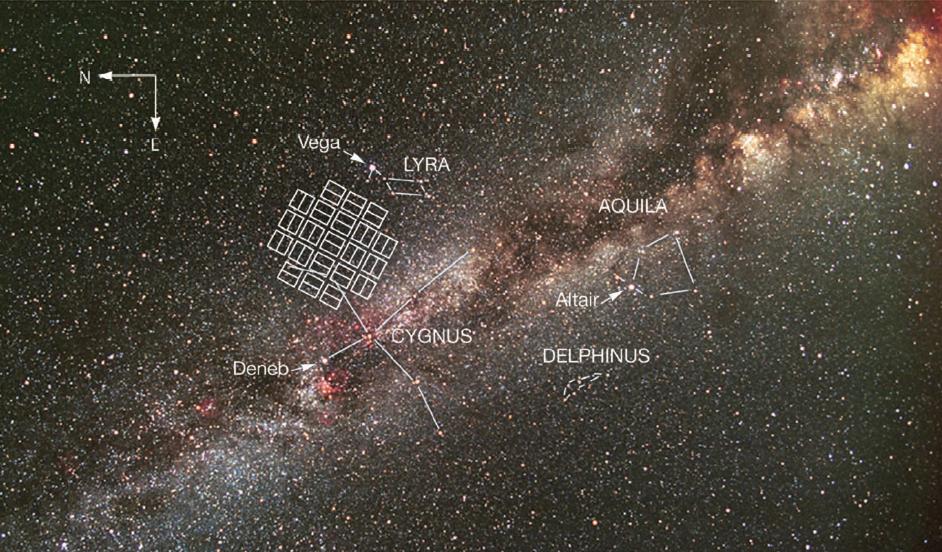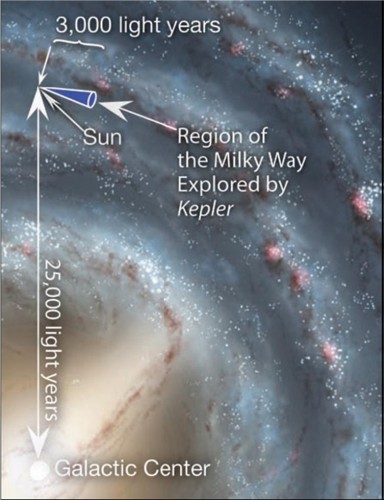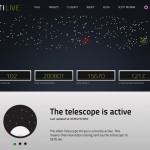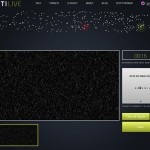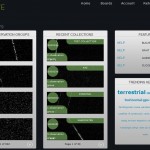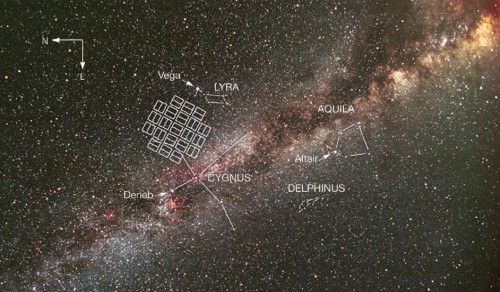
Keeping in line with SETI, there is now a brand new website called SETIlive.org where ordinary people can sign up to assist in the search for intelligent life in the Universe.
The idea was to get us involved in using our abilities as humans to process and discover in ways that a computer just cannot replicate.
Setilive.org (info) will stream radio frequencies that are transmitted from the Seti (Search for Extraterrestrial Intelligence) Allen Telescope Array in Northern California.
Those who sign up for the project, run by Jillian Tarter of the Seti Institute’s Center for Seti Research, will be the human element that is going to do the searching via PCs and other devices all over the world.
In a conversation with BBC News, Tarter made the following statement:
“There are frequencies that our automated signal detection systems now ignore, because there are too many signals there,”
“Most are created by Earth’s communication and entertainment technologies, but buried within this noise there may be a signal from a distant technology.”
“I’m hoping that an army of volunteers can help us deal with these crowded frequency bands that confuse our machines,” she said. “By doing this in real time, we will have an opportunity to follow up immediately on what our volunteers discover.”
SETILive’s primarily targets are stars with known exoplanets from the Kepler field.
Locating the Kepler Star Field
As shown in the photographs of the star field (above), the Kepler field is located between two of the brightest stars in the sky, Vega and Deneb, which form the summer triangle along with Altair. The three stars of the summer triangle are part of the constellations Cygnus, the swan; Lyra, the harp; and Aquila, the eagle. Delphinus, the dolphin, is not part of the summer triangle, but is a nearby easy-to-find group of stars. It looks like a kite. The field is directly overhead at midnight in late July for mid-northern latitudes. The star field is about 15° across or bigger than your hand held out at arm’s length. Compare this to the Hubble field of view, which is typical of most astronomical telescopes, and is about equal to a grain of sand held out at arm’s length.
Some of you may be familiar with Zooniverse which is heavily involved with SETILive. Zooniverse.org is a site where ordinary people can take part in a vast array of projects including those similar to SETILive.
It is a way for the armchair scientist or even the guy next door to make amazing discoveries. I think it’s definitely beneficial in researching a vast universe. There are only so many scientists who are working in associated fields and just so much funding to go around. Getting the general populus involved can only help.
Here are some screen shots from SETILive to give you an idea of what’s going on over there:
In my opinion SETILive is both interesting and educational and I suggest anyone reading this, go check it out. I did and I’ve already signed up. I’m sure they can use all the help they can get, even if you spend 10 minutes here and there. The more observes, the better.
Of course we can’t avoid the big pink elephant in the room, the argument regarding the actual existence of intelligent life beyond the confines of our little blue world.
I for one welcome all the input the GT faithful can muster. Lets get it on! Is ET out there or are we the only ones?
Thanks to the following sources:
UFO Casebook
Zooniverse
SETILive
NASA Kepler
Associated Links:
Kepler Scacecraft
Planethunters
Explore The Moon

